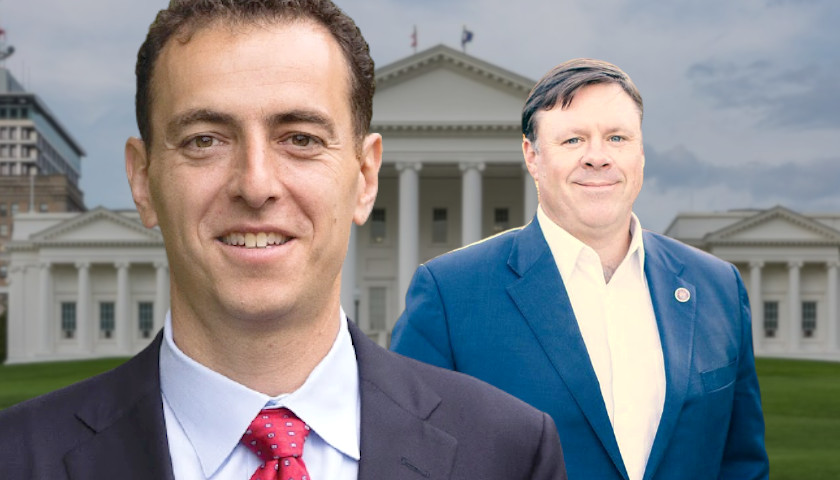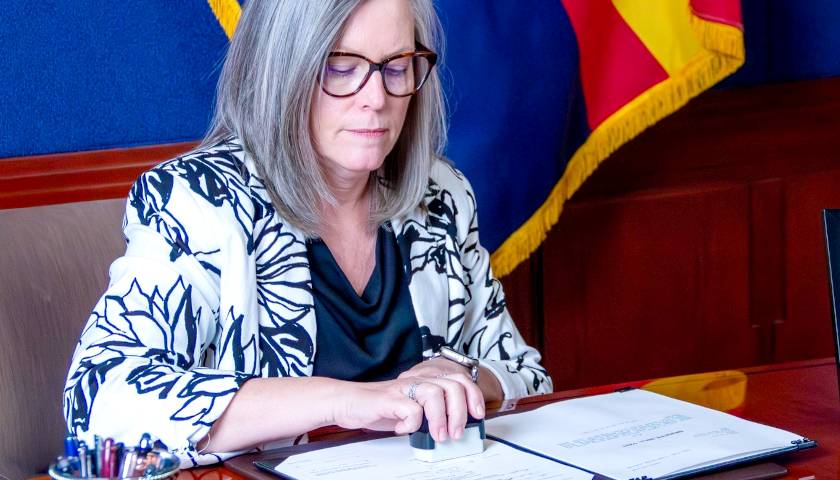The Virginia Redistricting Commission has moved on to full consideration of the congressional map without making any decisions about the General Assembly maps and using a two-week extension period. In advance of a meeting Thursday, the co-chairs had asked the Republican map-drawing team to draft a proposal for the Republican-voting southwest region of Virginia, and the Democratic team to draw a proposal for Democratic-voting northern Virginia, while both map drawers roughly followed the existing court-drawn districts three and four. Those districts have the most significant minority voter populations, which require extra protection by law.
Debate over the preliminary proposals again focused how to protect minority voters, but by the end of the meeting, there seemed to be a shaky consensus to leave district three and four mostly intact, with support from both Democratic and Republican legal teams. The commission returned to the question of what fair maps are: do they reflect Virginia’s blue-leaning voter base, or do they give an even split to each party? How important is compactness versus regional identity?
Delegate Marcus Simon (D-Fairfax) said both draft congressional map proposals were non-starters for him, since they would give Republicans more districts than they have under current maps, despite Virginia’s blue shift.
“[Republican map-drawer John Morgan’s] map in particular has six strongly Republican districts based on the ’16 presidential election, like not close or competitive,” Simon said. “It’s not competitive. So you would have essentially, five very safe Democrats, and six very safe Republicans. And the Democratic map, I think it was constrained by what they were asked to start with in southwest, and it limited the options, and availability, has a couple of competitive seats, but ultimately if you just count the raw numbers, if I count it up right, it’s six Republican seats and five Democratic seats.”
Simon said, “I don’t see either one of these as being a good starting place.”
Commissioner James Abrenio (D) said, “I think one thing that we’ve all kind of had a question about, and I don’t think it’s defined by the Constitution or enabling legislation is, what is political fairness? How do we define that? Because I think that’s what we’re all swirling about as we talk about lines.”
Later, Senator Ryan McDougle (R-Hanover) said he partially agreed with Simon. He said, “If you’re locking in one political party to have a majority of the districts, even on the congressional, for 10 years I don’t think that’s what we’re supposed to do.”
He added, “But at the same point and time, just to be clear, I vehemently disagree with any sort of analysis that would say political fairness would have Virginia at 54 percent of the districts being from one political party and 46 percent from another.”
At the end of the meeting, Co-Chair Greta Harris (D) asked commissioners to think about how to reconcile the two drafts. Lawyers told the commission that the problem wasn’t the legal teams and the map-drawers working together to create one proposal, but a lack of consensus from the commission on key decisions.
Democratic lawyer Kareem Crayton said, “One question, I think geographically speaking, is how you deal with, in the western end of the state, a lot of population loss. And you can do it the way that I think Mr. Morgan and others have described, by going over the mountain, or you can run it up one side of the mountain, up to the top of the state. That has effects on what you do with the middle of the state.”
He continued, “That’s I guess, the second question. I hear the conversation about competitiveness. To the extent that you want to reflect competitiveness, what does that mean? One could make the argument that political fairness means competitiveness for some portion of the districts. I think it’s also fair to say, again, the language of the state law says undue, essentially disadvantage or advantage to a party. That’s different from competitiveness. And the question is, to what extent is the fact that Delegate Simon mentioned earlier, the elections since 2009 have been won by Democrats statewide, it’s also true that the current in the current map, seven out of 11 maps are Democratic. I’m not saying how you should think about that, I’m saying if it should be relevant, how it should be relevant. Balancing that with the question of, do you want competitive districts.”
Republican lawyer Brian Tyson said, “I think that the keys are exactly what Kareem has outlined, in terms of does the commission want to see a five-five-one map? Do you want to see a six-Democrat, five-Republican map?The political competitiveness piece is something that the map-drawers will need to know. The questions in terms of geography: do you want to prioritize compactness in terms of districts, for example running up the side of the state, do you want to draw that into more compact districts or not?”
Tyson said, “Obviously if we have [districts] three and four kind of locked in, that also limits other options, but I think getting answers to questions like that would be the key to understanding what the commission is really looking for in terms of creating these districts.”
– – –
Eric Burk is a reporter at The Virginia Star and The Star News Network. Email tips to [email protected].
Photo “Ryan McDougle” by Ryan McDougle. Background Photo “Virginia State Capitol” by Martin Kraft CC BY-SA 3.0.




